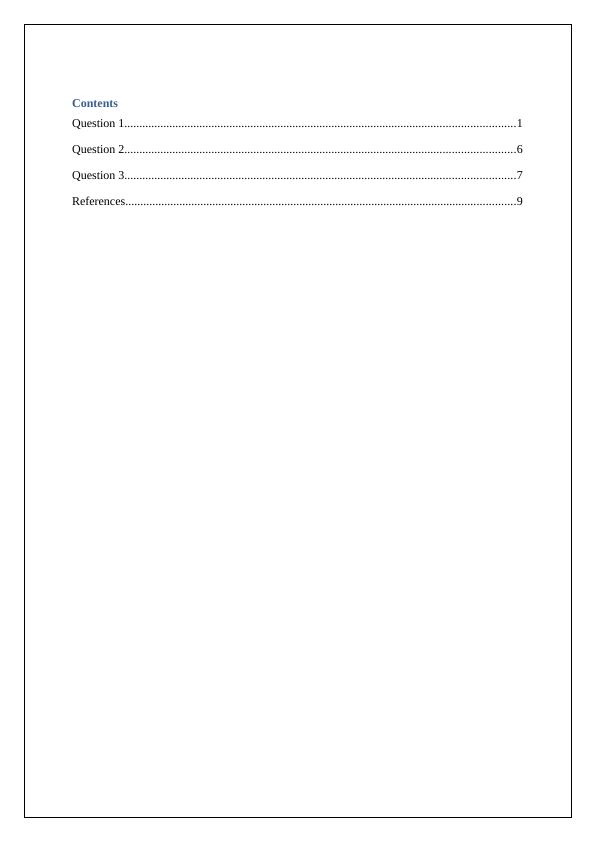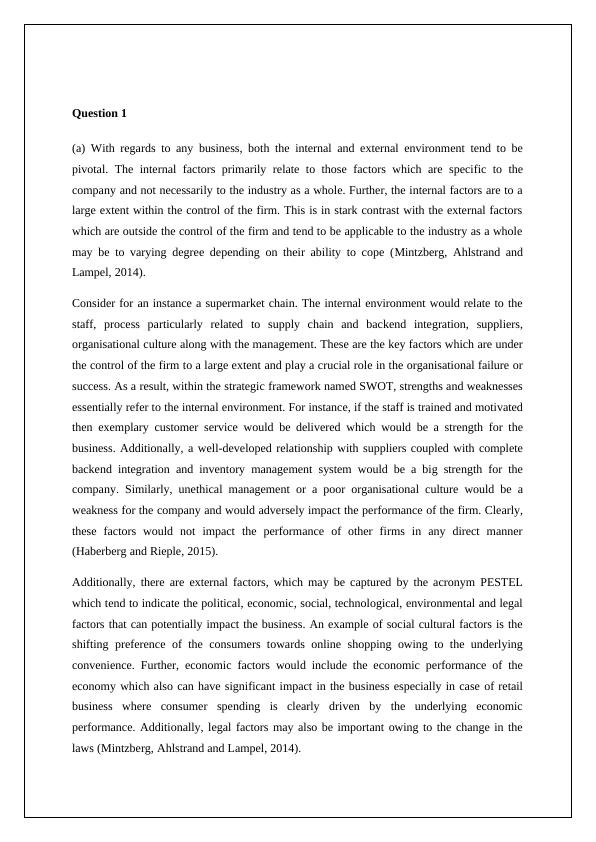Ask a question from expert
FELM4026 : Financial and Economic Literacy for Managers
12 Pages3283 Words52 Views
Financial and Economic Literacy for Managers (FELM4026)
Added on 2021-09-22
FELM4026 : Financial and Economic Literacy for Managers
Financial and Economic Literacy for Managers (FELM4026)
Added on 2021-09-22
BookmarkShareRelated Documents
End of preview
Want to access all the pages? Upload your documents or become a member.
Internal and External Factors Affecting Business Performance
|10
|3085
|104
Sources of Economic Value for IVM over IVF in Fertility Treatment
|5
|743
|191
Difference between intended, emergent and realised strategies and impact of internal and external factors
|8
|2294
|33
Report on Price Elasticity and Recommendations for Maximising Profit
|8
|1733
|207
Microeconomics: Scarcity, Equilibrium, Price Controls and Elasticity
|5
|1088
|266
Economics Assignment - Porter Five Forces Framework
|6
|1788
|164



